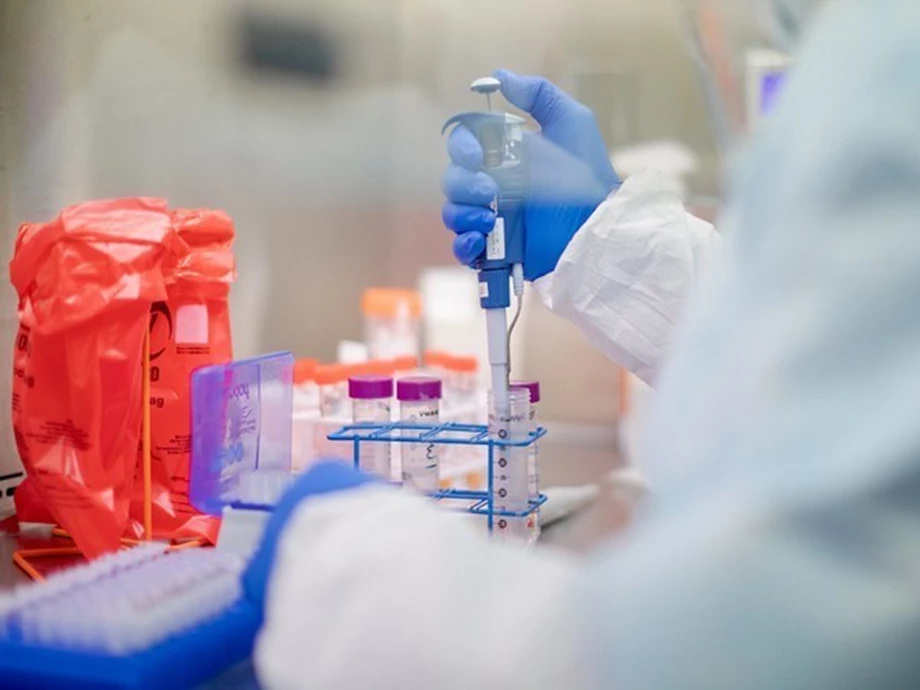Emmanuelle Charpentier And Jennifer A.Doudna Achieved Nobel Prize In Chemistry, 2020 For Discovering ‘Genetic Scissors’
The Nobel Prize in Chemistry 2020,is bestowed together to Emmanuelle Charpentier and Jennifer A. Doudna for discovering one of gene’s technology keen tools: The CRISPR/ Cas 9 genetic scissors. The US – French duo became the sixth and seventh women to win a Nobel in Chemistry.

The Nobel Prize in Chemistry 2020,is bestowed together to Emmanuelle Charpentier and Jennifer A. Doudna for discovering one of gene’s technology keen tools: "The CRISPR/ Cas 9 Genetic Scissors". The US – French duo became the sixth and seventh women to win a Nobel in Chemistry.

source: onmanorama.com
For the first time a Nobel science prize has gone to a women – only team.
Researchers can utilize this tool to change DNA of animals, plants and microorganisms with extremely high precision. The discovery has transfigured the molecular life sciences , brought new opportunities for plant breeding, came up with inventive cancer therapies and may make the aspiration of curing inherited diseases come literal,the Nobel Jury said.

source: Nobel prize.org
One of the allure of sciences is that it is undivinable . You really don’t know what the outcomes are going to be of your project. When Charpentier and Jennifer started scrutinizing the immune system of a Streptococcus their main idea was that they could perhaps evolve a new form of antibiotic.
But Instead they discovered a molecular tool that can be used to make exact slits in genetic material, making it feasible with ease to change the code of life.
Emmanuelle Charpentier, born in France, she currently works as the Director of the Max Planck Unit for the Science of Pathogens in Berlin, Germany. In the year 2002,When Charpentier commenced her own research group at the University of Vienna, she emphasized on one of the bacteria that cause the greatest harm to humans : Streptococcus pyogenes . This bacteria, transmitts infections to millions of people, worldwide, often leading to tonsillitis and impetigo. It is mainly a ‘flesh eater' as it breaks down the soft tissues of the body. So, to better acknowledge Streptococcus pyogenes , Charpentier began by minutely investigating how this bacterium’s genes are regulated. This decision was her initial stride on the way to the discovery of genetic scissors.
Jennifer A. Doudna, Professor of Biochemistry at the University of California. She believes Science is more than just facts. Her motive was mainly to unbox the mysteries not of DNA but on its molecular sibling : RNA. She worked to detect the structural and biological function of RNA enzymes. She went to the lab of Thomas Cech at the University of Colorado Boulder to crystallize and determine the three-dimensional structure of a ribozyme for the first time, so ribozyme structure could be compared with that of enzymes, the catalytic proteins. She started this project in the Cech lab in 1991 and finished it at Yale University in 1996.
Although researching a common deleterious bacteria, Professor Charpentier discovered a formerly unknown molecule -part of the bacteria’s ancient immune system that demilitarizes viruses by snipping off parts of their DNA.
After disseminating her research in 2011, Professor Charpentier worked together with Professor Doudna to resuscitate the bacteria genetic scissors, clarifying the tool so it was easier to use and solicit to other genetic material.
Then they remodeled the scissors to cut any DNA molecule at a prearranged site – opening the path for scientists to rewrite the code of life where the DNA is shipped.

source: Nobel prize.org
"There is enormous power in this genetic tool, which affects us all. It has not only revolutionised basic science, but also resulted in innovative crops and will lead to ground-breaking new medical treatments," Claes Gustafsson, chair of the Nobel Committee for Chemistry, said in a statement.
The CRISPR/Cas9 tool has already contributed to significant gains in crop resilience, altering their genetic code to better withstand drought and pests.
Prof. Charpentier and Prof. Doudna will share the prize sum of 10 million Swedish kronor (about $1.1 million, 950,000 euros). And they has also inspired millions of girls worldwide by their excellent work and their wholehearted dedication towards to it.
What's Your Reaction?


































































































